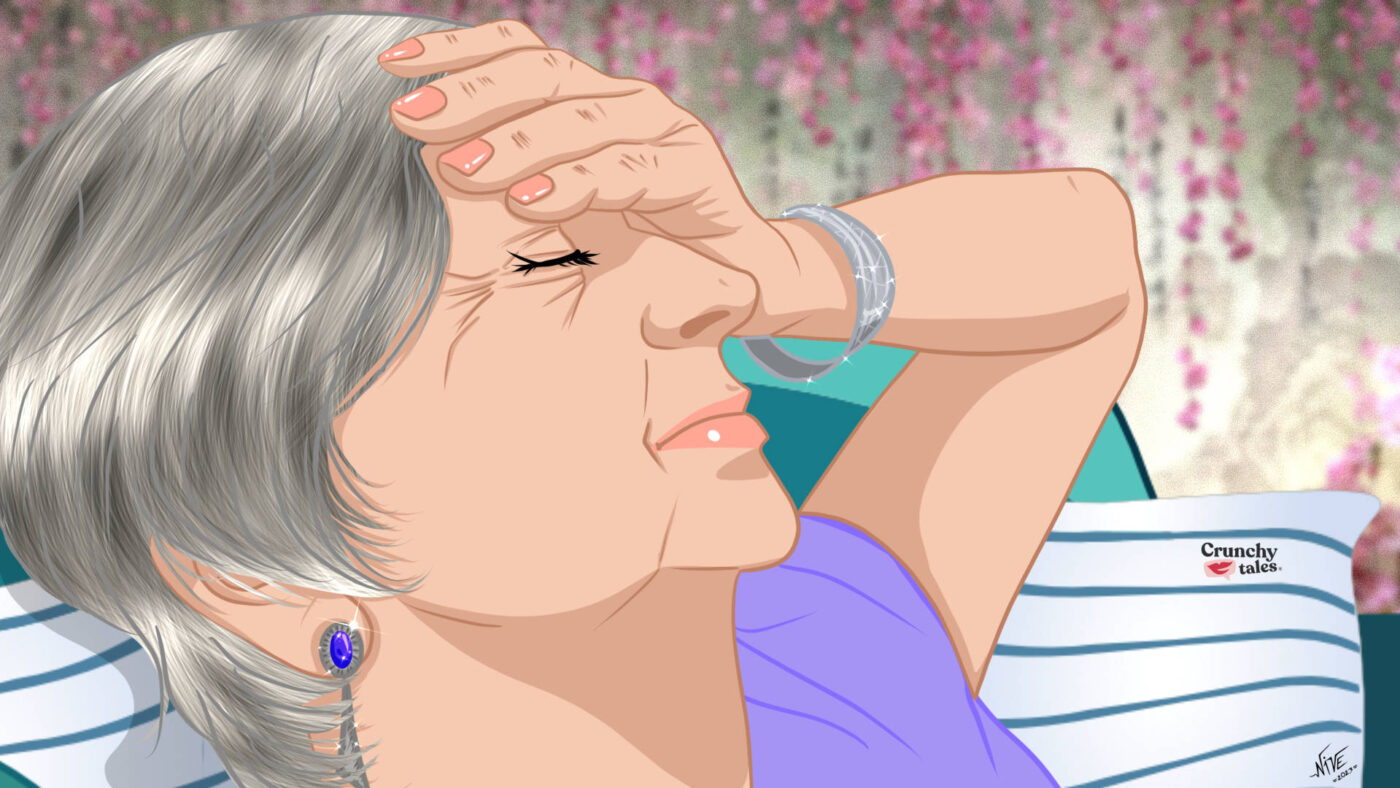Menopause Migraine: Effective Strategies To Weather The Storm
Navigating menopause can be a challenging journey, and for many women, migraines become an unwelcome companion during this phase of life. As difficult to manage as hot flashes, they can make our lives pretty miserable. According to the Migraine Trust, almost 42% of women during their menopause journey suffer from this intense type of headache. This is because estrogen levels become erratic and we may find ourselves feeling the effects of fluctuating estrogen levels.
The good news is that there are several things you can do to treat it and take back control of your health and wellness.
What’s the difference between a headache and a migraine?
Headache disorders include headaches and migraines. Most people experience a headache at some point in their lives, but not everyone deals with migraines. A survey has shown that, in women who attended menopause clinics, almost one in three suffer migraines, with most of them reporting severe attacks happening more often than once a month. In this case, the pain grows generally on one side of the head or behind the eyes and begins to pulsate or throb. This is sometimes accompanied by aura, or flashing lights and nausea, but also dehydration and sleep deprivation.
“Migraines occur in attacks, sometimes several times a month or they may occur just once or twice a year, and they can last anything from a few hours to a few days,” says Prof. Anne MacGregor, a specialist in headache and sexual and reproductive healthcare in London. Menopause migraines can be passed down through families and can range from mild to intense and debilitating. “The pain is so bad that sufferers often find it difficult to continue their usual daily activities and may have to stay in bed,” she explains.
How to treat menopause migraines
Maintaining good habits, such as regular meals, exercise and a good sleep routine is crucial during menopause, especially for those women suffering from migraines.
Experts often advise you to keep a diary of what you eat and try to avoid foods that trigger your migraines (like cheese, chocolate, or artificial sweeteners). Also, they emphasise the importance of cutting stress using relaxation methods such as deep breathing, massage or acupuncture.
Yoga, in particular, has been found as a good practice to relax your entire parasympathetic system, slowing your heart rate and lowering your blood pressure. This helps your body to recover after a migraine attack. By loosening tight areas like the neck, head, and shoulders, which hold stress, yoga can help prevent a migraine from occurring or improve a person’s symptoms. According to Yoga Journal, the Child’s Pose is very calming to your system and can reduce pain. This pose can also help if that pressure on your forehead feels good or relieves pain. The Corpse Pose is also advised when all you want to do is lay still in a dark room as it can help you relax into a meditative state, or at the very least, allow your mind to rest and find some relief from the pain.
you might find a regular intake of Magnesium beneficial. According to the American Migraine Foundation, it may prevent the wave of brain signalling, called cortical spreading depression, which produces visual and sensory changes in the common forms of aura. It can be found in food such as dark green vegetables, dried fruit, nuts, and whole grains. However, most people will struggle to absorb enough magnesium purely through their diet, and so may need to take a food supplement.
When migraine attacks become unbearable, cold compresses are still a valid method as they work by numbing the area and reducing inflammation. In fact, the cold temperature helps to constrict blood vessels and dulls the sensation of pain.
The Takeaway
Doctors currently have no cure for migraine, but treatments can help ease the symptoms. You may have to try various ones to find what works for you. If the good practices mentioned above don’t help, then it’s important to speak to your doctor. Your healthcare provider may suggest painkillers or hormone treatment or even check you for thyroid or adrenal changes, both of which can trigger headaches. Usually, a prescription of HRT from your GP or specialist, who may advise a patch or gel with continuous progesterone, may help.
Like this post? Support Us or Sign up to our newsletter to get more articles like this delivered straight to your inbox!





